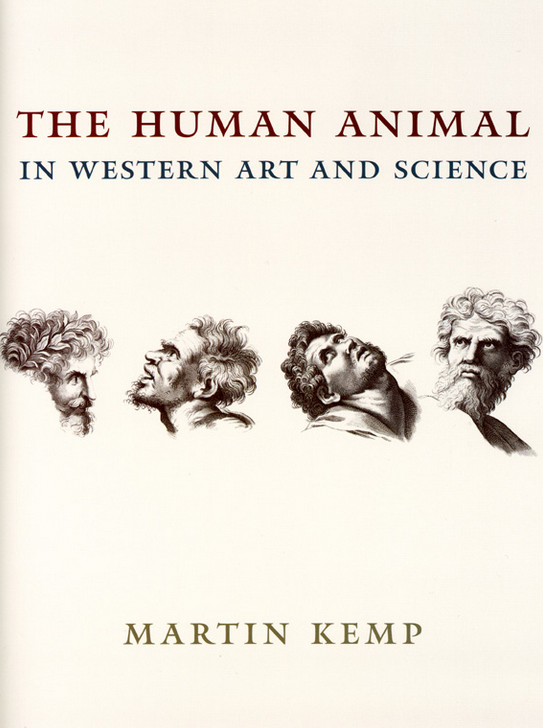‘As soon as humans make images, they make them about humans and they make them about animals and the relationship between them.’
 My guest on this programme from the archive is Martin Kemp, emeritus professor of the history of art at Oxford. We met to talk about his book, The Human Animal, a rich and thought-provoking study of the relationship between the human and the animal worlds as reflected in art and science.
My guest on this programme from the archive is Martin Kemp, emeritus professor of the history of art at Oxford. We met to talk about his book, The Human Animal, a rich and thought-provoking study of the relationship between the human and the animal worlds as reflected in art and science.
It is one of those books which make you look at the world in a different way after you close it. It is full of examples of how throughout history we have drawn (often unflattering) comparisons between humans and animals, and it makes you realize that anthropomorphized animals are still all around us – in adverts, political cartoons, children’s literature – and the language of animal comparisons still infuses our everyday speech (from politicians crying ‘crocodile tears’, to a child’s taunt of ‘scaredy cat’ to the media branding a murderer an ‘animal’ or a ‘beast’).
When we reach for animal comparisons, we seem to be asking what it means to be human: where is the line between animals and us to be drawn? Indeed, is there a line or merely a continuum? That this was the cause of much anxiety and soul-searching (literally, since the Cartesian view that animals were merely machines and incapable of feeling was a persuasive one which is not yet fully behind us) is apparent everywhere in the book. Darwin wrote that man ‘has a pedigree of prodigious length, but not, it may be said, of noble quality.’ In other words, we can trace our ancestors a long way back, but we may not like what we find. The Human Animal follows the history of our slow and often reluctant coming to terms with our place in the natural world.
The book does not just travel along the high road of western art and science; it also provides fascinating insights into some of the nineteenth century’s more dubious pleasures, such as freak shows and circuses. That century’s desire to understand the natural world was intense, as demonstrated by the booming popularity of zoos. Pseudo-sciences – such as phrenology, which claimed to be able to be able to read character in the bumps on the head – were in full bloom, and criminologists claimed to be able to detect ‘the criminal type’ just from examining a man’s features.
